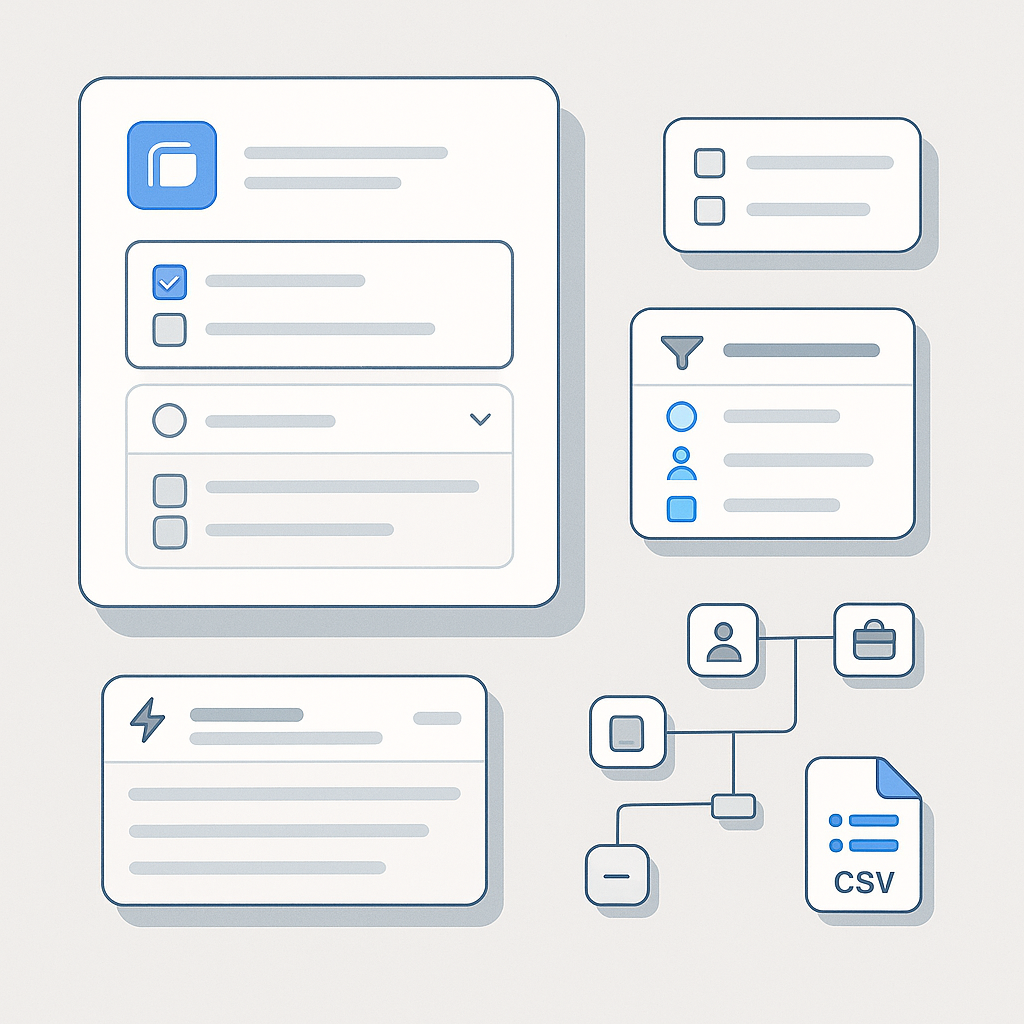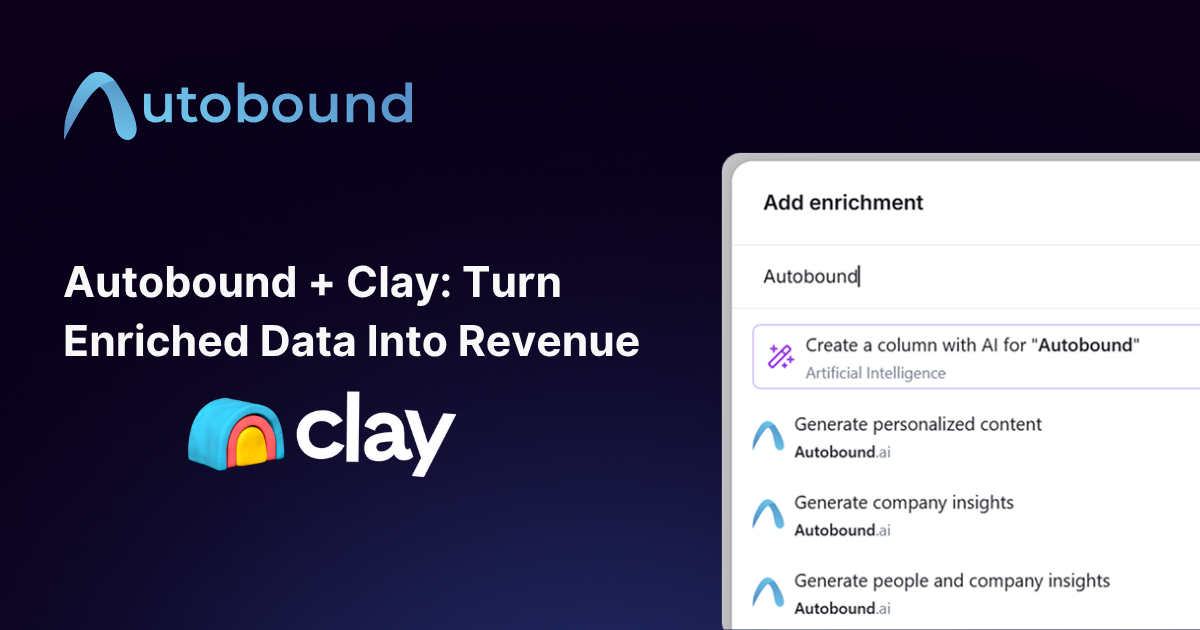I. Introduction: The Elephant in the Room – Churn Hurts Everyone
Let's face it, in the high-stakes game of B2B, losing a key client stings. But imagine this: you're gearing up for your next quarterly review, and a third of your biggest accounts have vanished like ghosts in the machine. Suddenly, that sting feels more like a punch to the gut.
Sadly, for many B2B companies grappling with the ever-present challenge of customer retention, this scenario isn't a nightmare—it's their reality (Understanding B2B customer churn and retention for better account management). The truth is, customer churn isn't just a minor inconvenience; it's a silent profit killer, a resource drain that can sabotage even the most promising growth strategies. Think about it: wooing a new customer can cost a whopping five times more than simply keeping an existing one happy.
That's why prioritizing customer retention isn't just a "nice-to-have"—it's the lifeblood of any B2B business that wants to thrive, not just tread water. In fact, research shows that even a tiny 5% increase in customer retention can translate to a jaw-dropping 25% to 95% surge in profits! (Top 7 Winning Customer Retention Trends in 2024)
But what if, instead of just playing defense with your own customer base, you could turn other companies' churn woes into your secret weapon? That's right—we're about to explore the strategic brilliance of targeting businesses that are hemorrhaging customers. Think of it like this: you wouldn't try to sell ice to an Eskimo, would you? You'd head straight for the beach on a scorching summer day. Similarly, companies with leaky customer buckets are already feeling the pain, already searching for a life raft in a sea of churn. They're primed and ready for a solution...like yours!
So, if you're a VP of Sales drowning in missed quotas, a CMO searching for that elusive competitive edge, or an SDR craving warmer leads than a tropical vacation, this guide is your treasure map. We're diving deep into the world of customer retention, but with a twist. Get ready to learn how to spot those "churn suspects" like a seasoned detective, craft irresistible messaging that speaks directly to their pain points, and ultimately transform their loss into your victory.
II. Identifying the Churn Suspects: Where to Find Your Ideal (Leaky) Customer
Now that we're on the same page about the goldmine that is other companies' churn, let's get down to the nitty-gritty: how do you actually find these businesses that are ripe for the picking? Well, it all starts with understanding that not all churn is created equal. Just like some industries are inherently more prone to customer fickleness than others, churn rates can fluctuate wildly depending on the market you're playing in. For instance, a SaaS startup navigating the ever-changing tech landscape might experience higher churn than a well-established industrial equipment manufacturer with ironclad contracts. The key is to become a student of your industry, to benchmark against the competition and zero in on the outliers—those companies that are lagging behind in the customer loyalty department.
But how can you tell if a company is struggling to keep its customers happy? Are there any telltale signs, any digital breadcrumbs that lead back to a churn problem? Absolutely. One of the most obvious places to start your investigation is the world of online reviews. Platforms like G2, Capterra, and even the wild west of social media can be treasure troves of unfiltered customer sentiment. A sudden influx of negative reviews, especially if they all point to similar pain points, is a surefire sign that something's rotten in Denmark. Another red flag to watch for is high executive turnover, particularly in those customer-facing roles that are crucial for retention. If a company seems to be stuck in a revolving door of VPs of Customer Success or Heads of Customer Experience, it could be a symptom of deeper, systemic issues with their retention strategy.
But don't stop there! Go beyond the obvious and dig into a company's social media presence. Are their brand mentions and customer interactions starting to take a turn for the worse? Do they shy away from showcasing customer success stories or case studies, as if they're hiding something? While these factors alone might not be enough to convict, they add valuable color to your investigation. Now, imagine being able to analyze all of these signals—negative reviews, executive churn, social media meltdowns—at scale. Sounds like a superpower, right? Well, with the magic of sales intelligence tools, it's not science fiction. There are platforms out there that can track website traffic dips, monitor review sites for negative feedback spikes, and even dissect social media conversations for shifts in sentiment. By harnessing these data-driven insights, you can pinpoint those churn suspects with the precision of a heart surgeon.
III. Crafting Your Message: Speaking Directly to Retention Pain Points
Congratulations, detective—you've identified your ideal (slightly leaky) customers. Now it's time to craft a message so compelling, so laser-focused on their pain points, that they can't help but open, click, and convert. But here's the catch: you can't just stroll in with a generic sales pitch and expect them to roll out the red carpet. Remember, these companies are likely feeling bruised and battered by churn, so your outreach needs to be a soothing balm, a beacon of hope in a sea of customer churn.
Start by acknowledging their pain. Instead of diving headfirst into a laundry list of your product's bells and whistles, open with a statement that says, "Hey, we get it. We've been there." Something like, "We understand how frustrating it is to constantly feel like you're replacing lost customers—it's a drain on your resources and a blow to your bottom line." This simple act of empathy, of speaking directly to their pain, can work wonders in building trust and rapport.
Once you've established that connection, it's time to position your solution as the antidote to their retention woes. But here's where persona-based messaging becomes your secret weapon. A VP of Sales staring down a missed quota has different priorities than a Head of Customer Success fighting to prove their team's value. For a sales leader, you might highlight how your solution can help them close more deals, increase upsells, or shorten sales cycles. For a customer success team, you might focus on how your product can improve onboarding, boost customer health scores, or streamline support processes. The key is to speak their language, to demonstrate a deep understanding of their unique challenges and aspirations.
And don't be afraid to call a spade a spade. You've done your homework, so use it to your advantage! If your research uncovered a recent surge in negative reviews about their current solution, don't tiptoe around it—address it head-on. For example, you could say something like, "We've noticed some recent feedback about [competitor product] and the challenges it seems to be causing for customer retention. [Your solution] is specifically designed to address those pain points by..." By directly acknowledging their known issues, you show them that you're not just sending a generic email blast—you've taken the time to understand their specific situation.
But don't just take our word for it—back up your claims with cold, hard data! Sprinkling in relevant statistics and insights from your research adds instant credibility to your message. For instance, you could say, "Did you know that B2B companies with exceptional customer service see a 62% customer retention rate after a positive experience?" (Customer Retention Statistics 2023) Then, follow it up with a question that connects the stat back to your solution: "Can your current setup deliver that level of personalized, proactive support?" Finally, never underestimate the power of social proof. Case studies and testimonials from similar businesses that have used your solution to slay the churn dragon can be incredibly persuasive. By showcasing real-world results, you provide tangible evidence that your solution isn't just hype—it's the real deal.
IV. Reaching Your Audience: The Right Channels for Retention-Focused Outreach
You've identified your ideal customers, crafted a message that would make Don Draper proud—now it's time to get that message in front of the right eyeballs. But with so many marketing channels vying for your attention, it can feel like you're playing darts blindfolded. Don't worry, we've got your back. For those high-value prospects, the ones you'd move mountains for, Account-Based Marketing (ABM) should be your go-to strategy. Think of ABM as the velvet rope section of your marketing strategy. It's about treating your most important accounts like their own exclusive club, creating highly personalized campaigns that cater to their unique needs and challenges. For example, you could create a dedicated landing page or host a webinar that dives deep into the specific retention pain points of a particular company or industry.
But ABM isn't the only tool in your arsenal. When it comes to reaching decision-makers at companies grappling with retention issues, LinkedIn is your secret weapon. Why? Because LinkedIn is where B2B professionals go to network, share industry insights, and yes, even commiserate about their challenges. In fact, a staggering 67% of B2B buyers are millennials and Gen Z—digital natives who live and breathe online research (2025 B2B marketing Predictions You Need to See). This makes LinkedIn, the watering hole of the younger B2B crowd, a prime location for your outreach efforts. Join relevant groups where prospects are openly discussing churn, share insightful content about retention strategies, and engage in conversations authentically.
Now, before you relegate email marketing to the dusty attic of outdated tactics, hear us out. Email might seem a bit "old school" in today's world of instant gratification, but it's far from irrelevant. In fact, email remains one of the most effective channels for nurturing leads, for building those crucial relationships that lead to conversions. The key is to treat your emails like a bespoke suit, not a mass-produced t-shirt. Segment your email lists based on signals of low retention, and tailor your messaging accordingly. And don't forget about the power of content marketing! By creating valuable, informative content—think blog posts, ebooks, webinars, and the like—that addresses customer retention strategies, you position yourself as a thought leader, a trusted advisor who understands their pain.
V. Building Long-Term Relationships: Turning Churn into a Growth Engine
Let's be real: in the world of B2B, closing the deal is just the first chapter in a much longer story. Building strong, lasting relationships with your customers is the key to unlocking sustainable growth. And when it comes to customer retention, this couldn't be more true. Reducing churn isn't a one-and-done magic trick—it's an ongoing process that requires dedication, proactive communication, and a genuine commitment to your customers' success. Position your company not just as a vendor, but as a trusted partner, a co-pilot on their journey to growth.
If your company has a dedicated customer success team, shout it from the rooftops! Highlight the ways in which your team goes above and beyond to support clients, providing proactive guidance and helping them squeeze every ounce of value from your solution. Remember, happy customers are less likely to jump ship, and they're also more likely to become your biggest cheerleaders, spreading the good word about your brand. And speaking of happy customers, let's talk about upsells. By focusing on retention and building those rock-solid customer relationships, you're naturally paving the way for upselling and expansion revenue. After all, when customers trust you and see the tangible value you bring to the table, they're more likely to invest further in your solutions. In fact, studies show that "happy customers who receive 'value enhancement' during service interactions have an 82% probability of staying with that company." (65 Customer Retention Statistics You Need to Know in 2024) This means that not only do satisfied customers stick around longer, but they're also primed for upsells when you consistently deliver exceptional value.
This creates a powerful flywheel effect: targeting churn leads to better retention, which in turn fuels referrals, lowers customer acquisition costs, and ultimately boosts profitability. It's a virtuous cycle that can transform your business from the ground up.
VI. Conclusion: Turn the Tide and Ride the Retention Wave
So, there you have it—a crash course in turning customer churn from a dreaded foe into a strategic advantage. We've covered why targeting companies with low retention is a smart move, how to identify those companies using a combination of common sense and data-driven insights, and how to craft compelling messaging that speaks directly to their pain points. We've also explored the most effective channels for reaching your target audience and emphasized the importance of building long-term relationships that turn churn into a growth engine.
Now, it's time to put this knowledge into action. Don't let churn control your destiny—take control of churn and watch your business thrive. Start by identifying one or two of the strategies we've discussed and implement them in your own outreach efforts. Remember, even small changes can yield significant results. The B2B landscape is evolving rapidly, and ignoring churn is no longer an option. Embrace the retention wave, and ride it all the way to the bank.
About Autobound
Autobound's leading AI-powered platform delivers 350+ unique insights for go-to-market teams from financial filings, social media activity, 35 news events, competitor trends, job changes and more. Trusted by 7,000+ companies including TechTarget and validated by 220+ 5-star G2 reviews, we're unlocking hyper-personalization at scale, with native integrations for Salesloft, Outreach, and more. Leverage our developer-friendly API, try our Chrome extension, try our platform free, or contact our team to eliminate guesswork and drive measurable growth →
Built with love in San Francisco, CA




